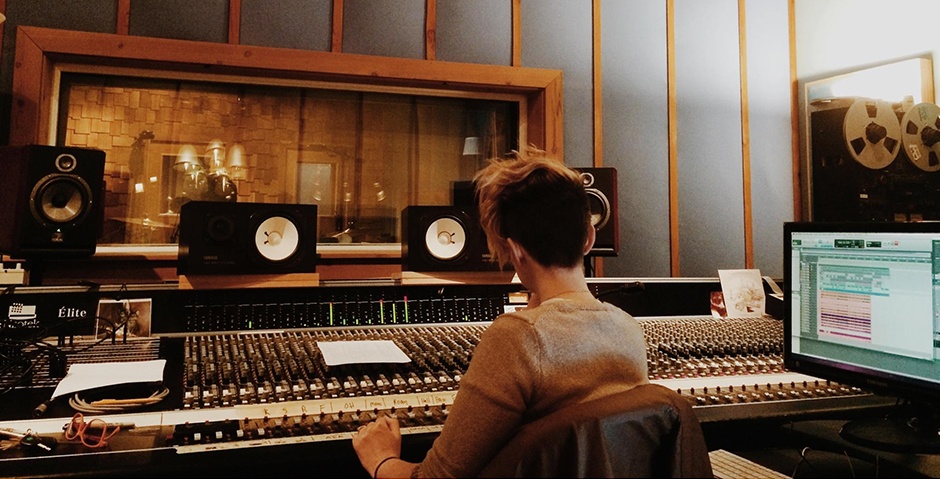Three Tips for a Better Mix
by T. Perry Bowers
The goal when mixing is to create a version of your song that sounds as good as possible. But how do you bring out the best musical vibe? Well, you can use a formula to mix a song, but a formula only gets you so far.

See, every song is different. Sure, there are similar elements: guitars, bass, drums, vocals, etc – but everyone plays and sings differently; in different ranges. So formulas won’t always work.
I mixed a song recently using a tried and true formula – but it just wasn’t happening. It wasn’t the best it could be. So, I had to go back to the drawing board. This is how I did it:
- Listen
I put the mix on my iPod and played it in shuffle mode. When my mix came on, I could hear the glaring differences in level and tone. The other songs (all major-label records with expensive production budgets) were so shimmery, alive, and ballsy. My mix was a little muddy and it wasn’t at the same dynamic level.
First I compared the drums. I listened to the differences between the drums on the major label recordings and on mine. I made notes. Then I compared the guitars, then vocals. I took notes on each specific part and how each part related to the next.
Some of my notes were descriptive, for example, “make the guitars more shimmery, less poof in the kick drum, more clack”. Some notes were more specific, “bring up the 4K in the toms, the guitar is burying the vocal”.
- Frequency
So, I had my notes. I sat down with the mix and started playing with the frequencies of things. I was boosting some things, whilst cutting others. All the while, I was following my notes, trying to recreate what those major-label mixing engineers were doing. And I loaded up iTunes with a couple of key songs I could refer to as I made progress on my mix.
At the same time I was thinking about frequency, I was also thinking about dynamics.
- Dynamics
In this day and age, recording software can do anything. With technology comes options – many options! Unfortunately this can create a tendency to overdo processing. It turns out that was the problem with the mix I was working on – it was suffering from over-mixing! I had thrown some mastering software (plug-ins) on the master fader. It was smashed. Once I took those plug-ins off it really let my song breathe.
If you listen to the old classic rock records from the sixties, you’ll hear something special. The mixes are about the song and the way it’s performed. My song had a loud, distorted chorus and a clean, mellow verse. By taking the mastering plug-ins off I allowed the difference between those two parts to really stand out. I would eventually add some mastering plug-ins to the song, but not until my mix was right.
Every song is a unique story, and it’s important to do what’s necessary to make that story the best it can be – no more, no less. Hopefully these tips will help you if you ever have to go back to the drawing board with a mix. If you keep this in mind as you mix the first time, you may never have to go back.
Rock on!

